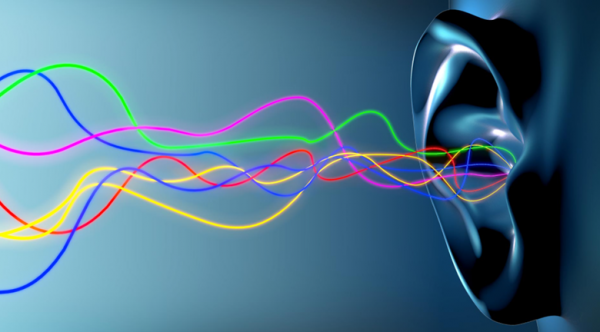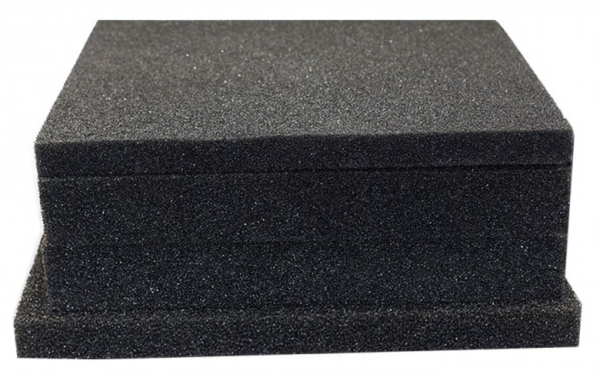 The two primary sources of noise are airborne noise and structural noise. Airborne noise results from the interaction of a vibrating surface with the surrounding air (think of a speaker) while structural noise results from the vibrational energy that travels through a structure, as well as other surfaces it might contact.
While the noise from a radio or television might be desirable, other sources of noise from machinery, between floors in a building, or inside our car can be highly undesirable. There are a variety of strategies to reduce and control unwanted noise. Fabricated foam and adhesive parts play a significant role in achieving those reductions.
The two primary sources of noise are airborne noise and structural noise. Airborne noise results from the interaction of a vibrating surface with the surrounding air (think of a speaker) while structural noise results from the vibrational energy that travels through a structure, as well as other surfaces it might contact.
While the noise from a radio or television might be desirable, other sources of noise from machinery, between floors in a building, or inside our car can be highly undesirable. There are a variety of strategies to reduce and control unwanted noise. Fabricated foam and adhesive parts play a significant role in achieving those reductions.
Airborne Noise
The primary strategies for reducing airborne noise are absorbers and barriers. Lightweight open cell foams are a very cost-effective way of attenuating noise in the air; particularly low frequencies. The open cell structure can absorb sound waves reducing the amplitude of the wave as the sound energy is transformed into heat. These materials include open cell polyether and polyester foams as well as reticulated (cell walls are removed to increase porosity) foams.
(Open Cell Urethane Foam)
Low density, closed cell foams can act as both an absorber and a blocker and do better with medium to high frequencies. PVC and low density cross-linked polyolefin foams can be used in these applications. Synthetic blanket materials such as 3M Thinsulate and fiberglass composite materials are also effective solutions for attenuating unwanted airborne noise. These materials can be supplied with a pressure-sensitive adhesive backing to facilitate easy installation and are easy to die cut into the final shape using flat bed, waterjet or flash knife cutters. Low density, closed cell foams can act as both an absorber and a blocker and do better with medium to high frequencies. PVC and low density cross-linked polyolefin foams can be used in these applications. Synthetic blanket materials such as 3M Thinsulate and fiberglass composite materials are also effective solutions for attenuating unwanted airborne noise. These materials can be supplied with a pressure-sensitive adhesive backing to facilitate easy installation and are easy to die cut into the final shape using flat bed, waterjet or flash knife cutters.
